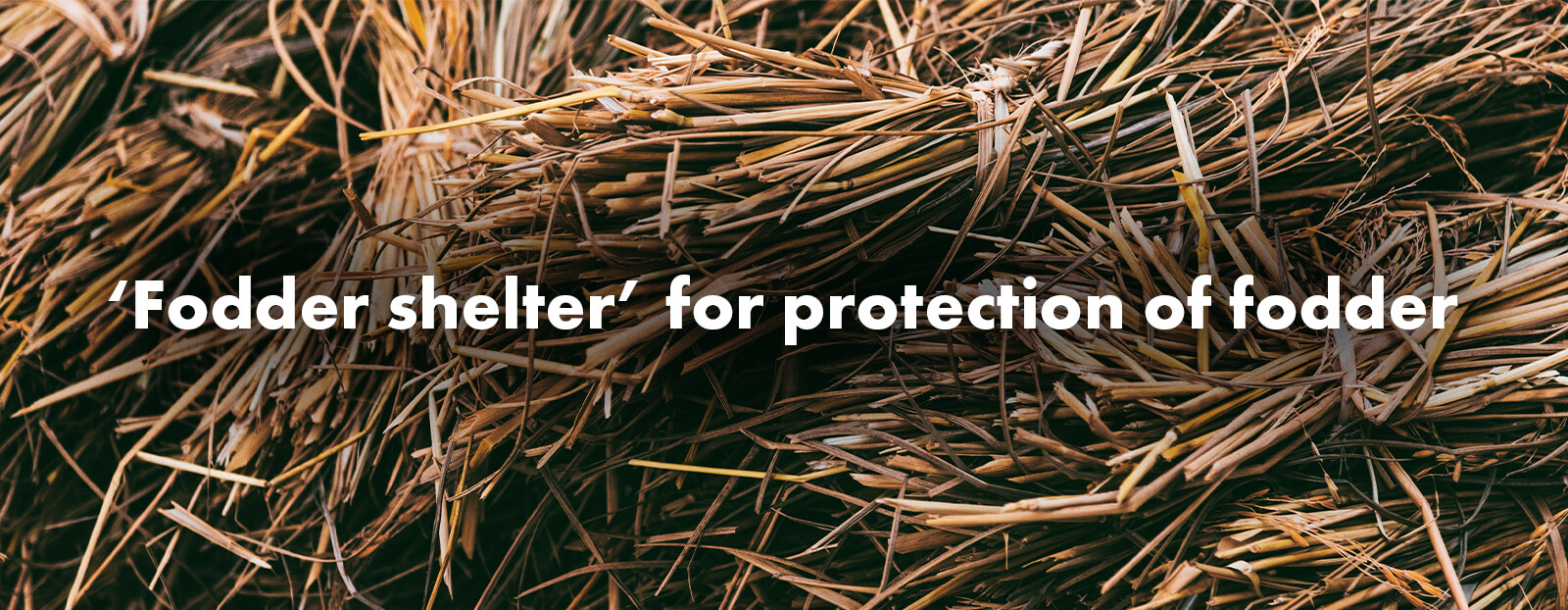
‘Fodder shelter’ for protection of fodder
We get to hear news every day that ‘1 crore farmers are facing problems due to loss of crop on 14 Lakh hectare’, or ‘farmers are at a loss because ‘Panchnama (assessment)’ was not done in time’. We see the farmers crying their heart out in the breaking news.